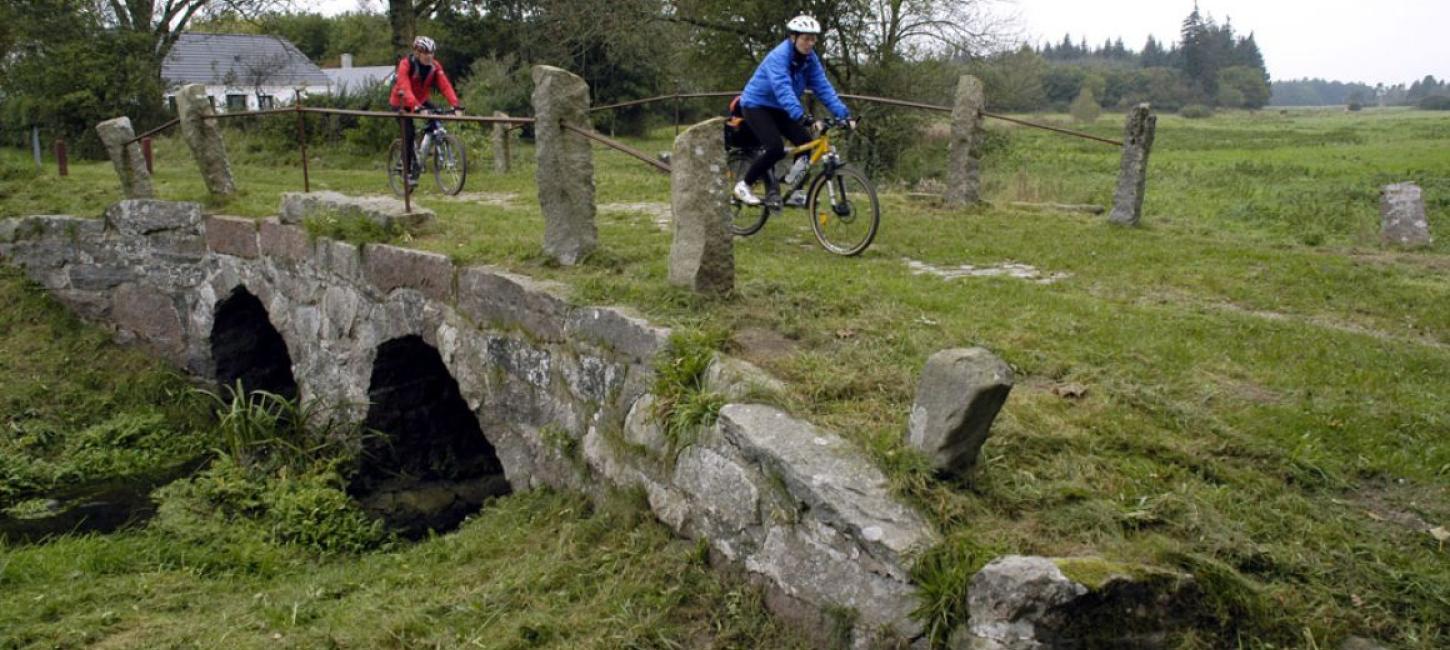
Hiking Stage Kliplev-Padborg (The Border to Germany) (18 km)
Photo: Hærvejen
On the route from Kliplev to Padborg you will see the last of the Hærvej’s old bridges at Gejlå, built in 1818. The route stops at “The bent road” right next to the border.

On the route from Kliplev to Padborg you will see the last of the Hærvej’s old bridges at Gejlå, built in 1818. The route stops at “The bent road” right next to the border.